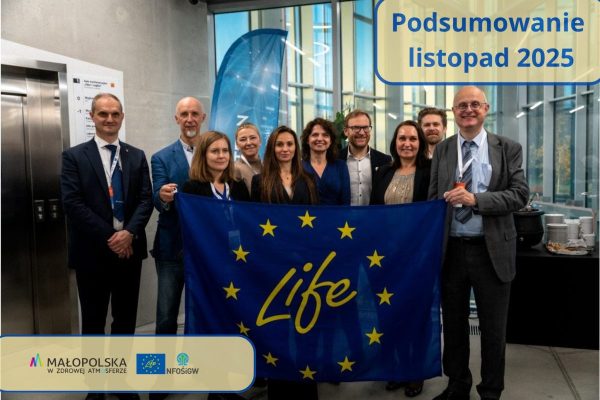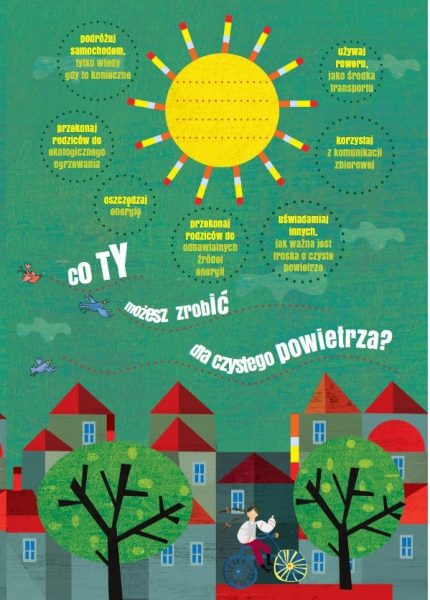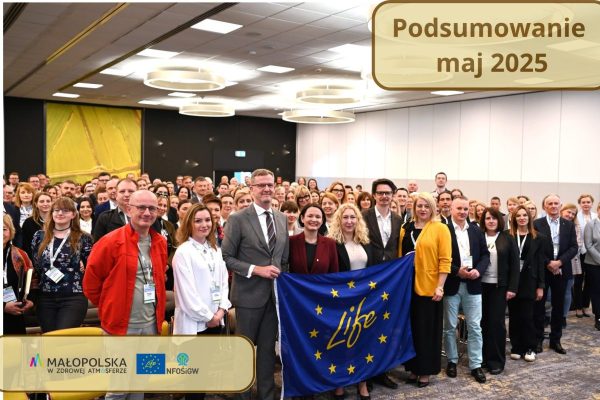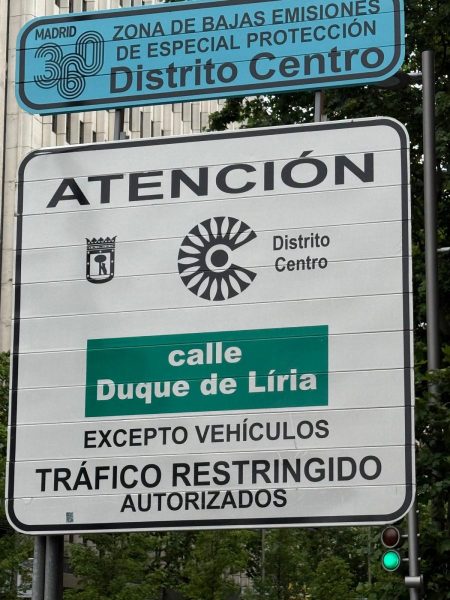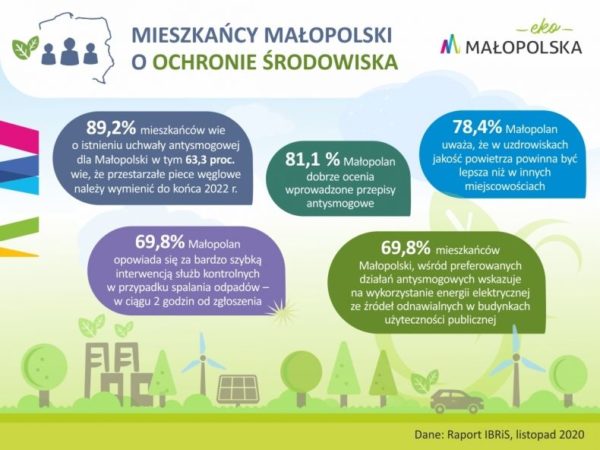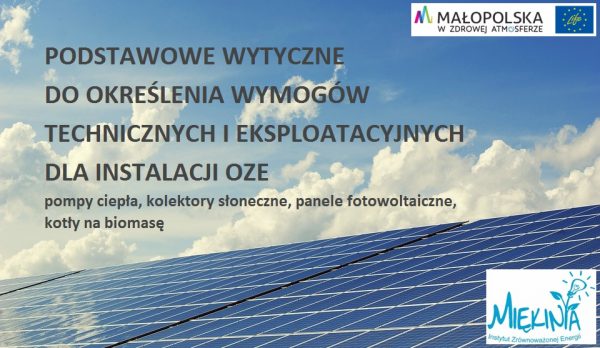Warming up your apartment program – save money on heating
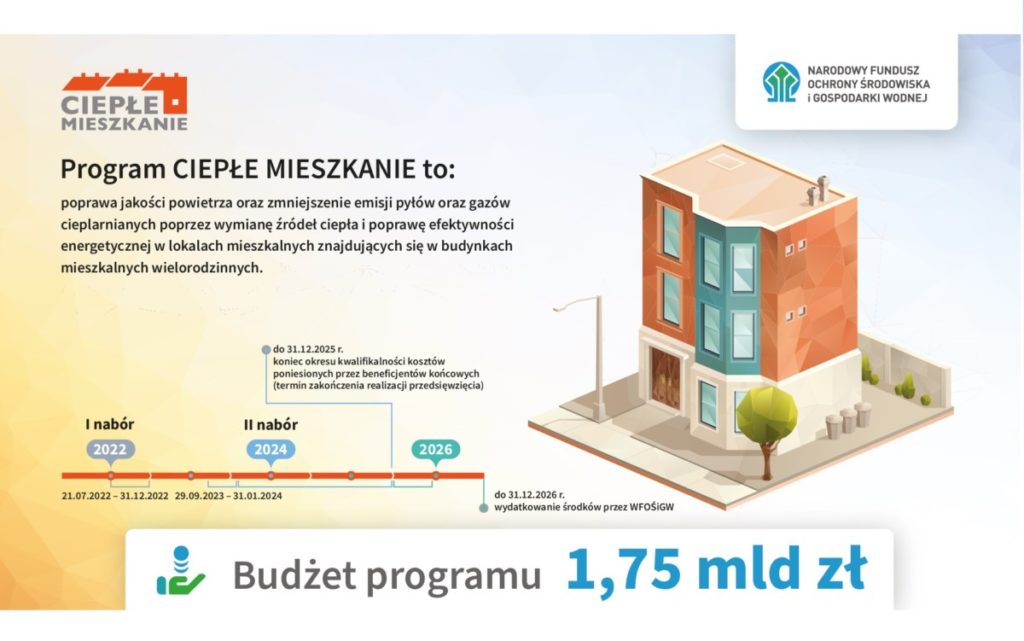
Apartment owners in multi-family buildings, tenants of public housing and housing communities can take advantage of another form of support. The „Warm Housing” Program offers attractive subsidies to help replace heat sources and increase energy efficiency.
What is the “Warm Housing” program?
“Warm Housing” is an initiative of the Ministry of Climate and Environment and the National Fund for Environmental Protection and Water Management. It aims to improve energy efficiency in apartments and enable savings on heating. It complements the well-known “Clean Air” program, aimed at owners of single-family homes.
On September 29, a second call for applications for municipalities was launched, which will last until January 31, 2024. Municipalities, through provincial funds for environmental protection and water management, will receive money for investments for their residents, the ultimate beneficiaries of Warm Housing. The first call for applications was held in 2022.
What’s new in the program?
Several important changes have been introduced in the current edition of the program. First, the catalog of final beneficiaries has been expanded to include tenants of units in the municipality’s housing stock and housing communities comprising 3 to 7 residential units.
In addition, eligible costs have been made more realistic in relation to current market prices by increasing income thresholds and maximum subsidy amounts in all parts of the program. The program also includes new types of subsidized projects, such as the installation of mechanical ventilation with heat recovery and the construction of window and door frames.
Who can use the current version of the program?
The Warm Housing Program is available to different groups of beneficiaries:
- Individuals who are owners of apartments in multi-family buildings or tenants of public housing.
- Housing communities that own from 3 to 7 residential units.
What benefits does the Warm Housing program offer?
The most important benefit is financial support for replacing inefficient solid fuel heating equipment and improving the energy efficiency of homes by insulating them. Such measures will not only help reduce heating bills, but also have a positive impact on the environment.
The program offers as many as three levels of subsidies, depending on the income of beneficiaries. For individuals, subsidy amounts reach up to PLN 41,000, while housing communities can receive up to PLN 375,000 in support.
What are the funding levels?
The „Warm Housing” Program consists of four parts, the first three of which are dedicated to individuals. Subsidy levels depend on the income of the beneficiaries:
- The basic level of subsidy for incomes of up to PLN 135,000 a year – a subsidy of up to PLN 16,500, or 30% of eligible costs per dwelling, and for dwellings in the most polluted municipalities (up to PLN 19,000).
- Increased subsidies for incomes up to PLN 1894 in a multi-person household or up to PLN 2651 in a single-person household – a subsidy of up to PLN 27,500, or 60% of eligible costs, or PLN 29,500 (up to 65% of costs) if it’s a property on the list of most polluted municipalities.
- The highest support for low-income earners – up to PLN 41,000, or 90 % of eligible costs, or PLN 43,900 (95 percent of costs) for buildings in a locality included in the list of the most polluted municipalities.
The fourth part of the program, intended for housing communities, also includes various subsidy options (each up to 60% of eligible costs):
- Up to PLN 150,000 if the project involves only thermal modernization without replacement of heat sources.
- Up to PLN 350,000 in support can be obtained for comprehensive thermal modernization with replacement of the heat source.
- Up to PLN 360,000 if the project additionally includes the purchase and installation of a photovoltaic micro-installation (or PLN 375,000 for a task including heat pumps).
What investments does the program cover?
For individuals, the subsidy can cover the costs of dismantling inefficient heat sources, purchasing and installing an efficient heat source or connecting to such a heat source in the building. If this is done, it is also possible to finance the purchase and installation of mechanical ventilation, the construction of window and door frames, as well as the preparation of the necessary design documentation.
In the case of housing communities, the subsidy may cover the dismantling of solid fuel heat sources, the purchase and installation of a common heat source, a new central heating and/or hot water system, as well as mechanical ventilation with heat recovery or a photovoltaic micro-installation. It is also possible to insulate the building envelope, replace windows, doors and prepare documentation.
Source: National Fund for Environmental Protection and Water Management


